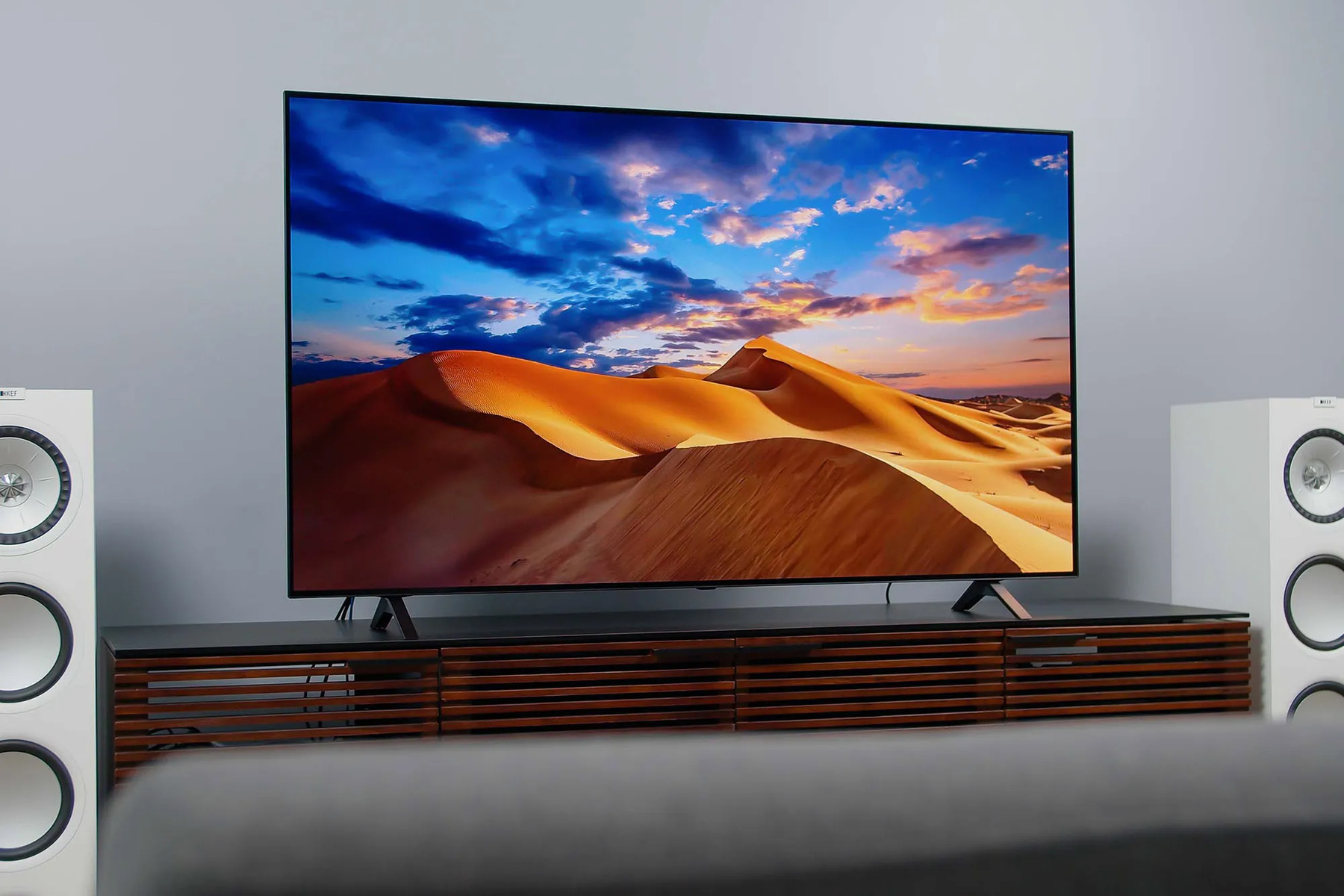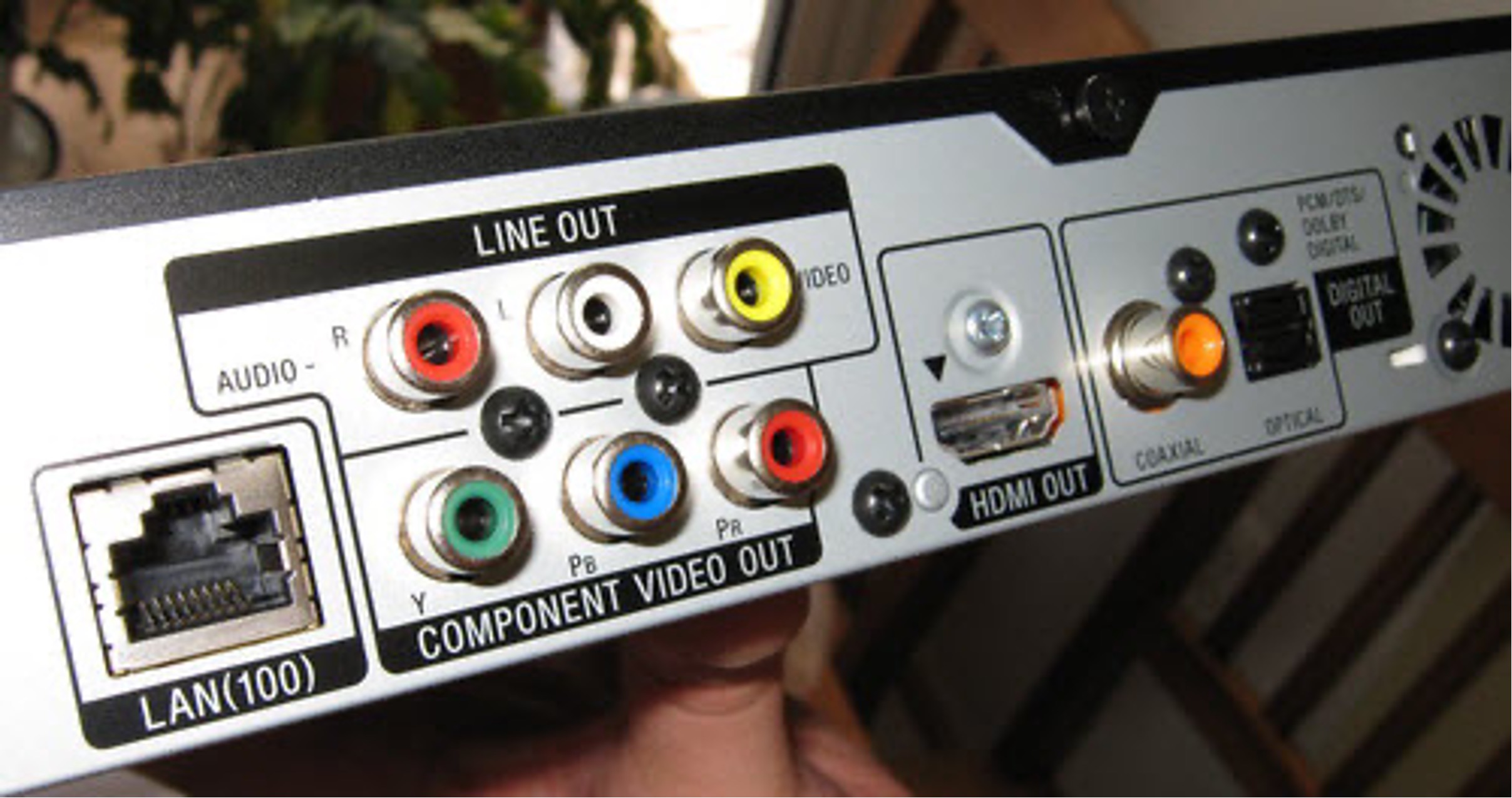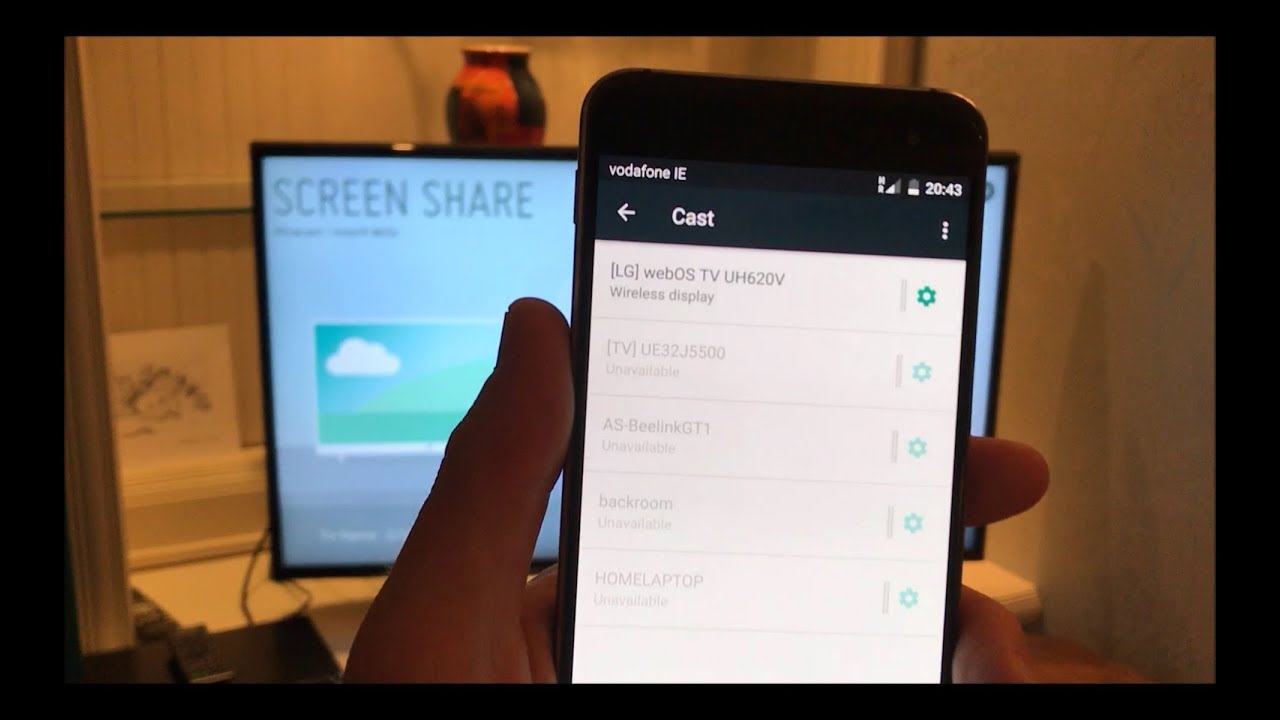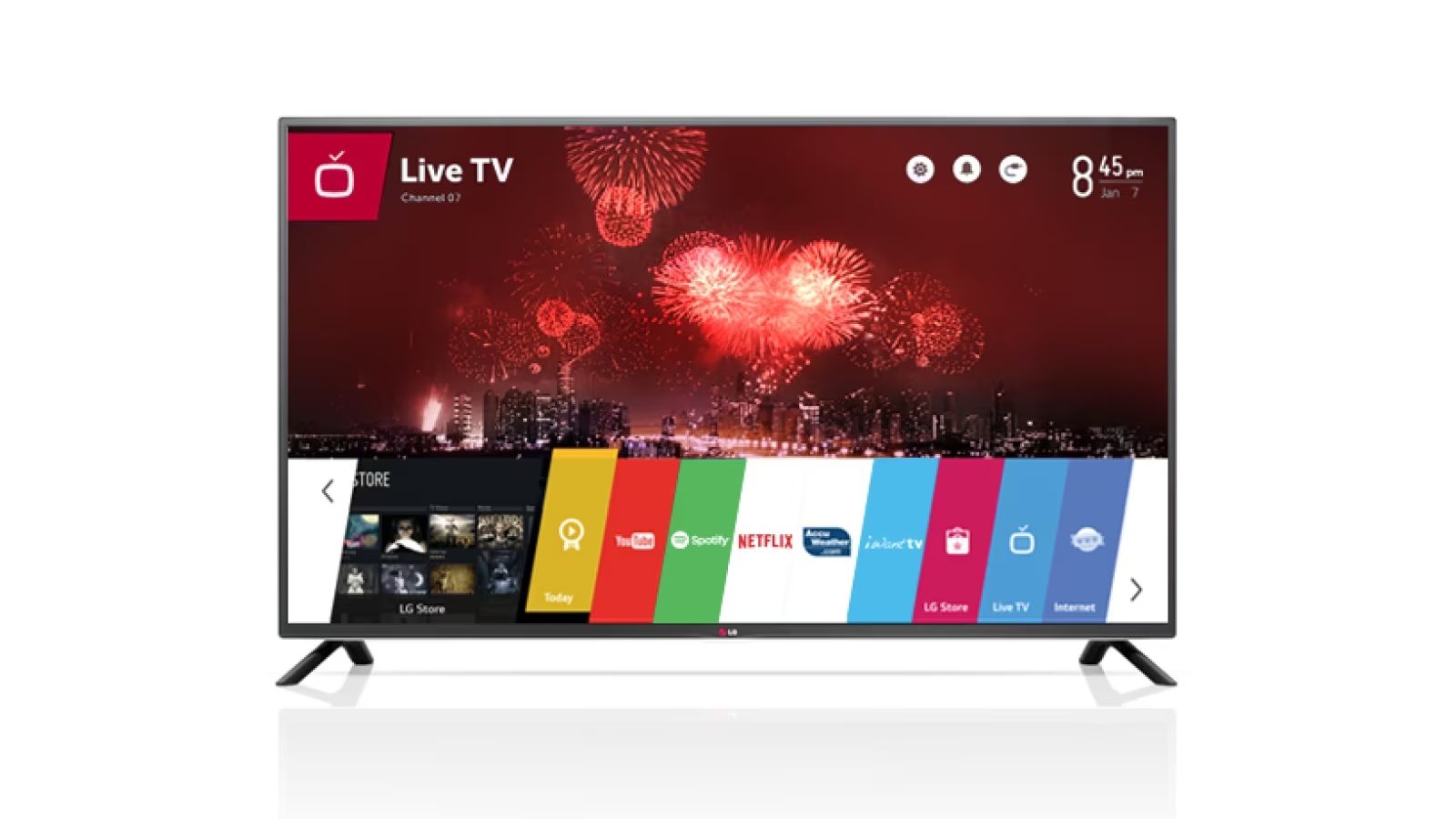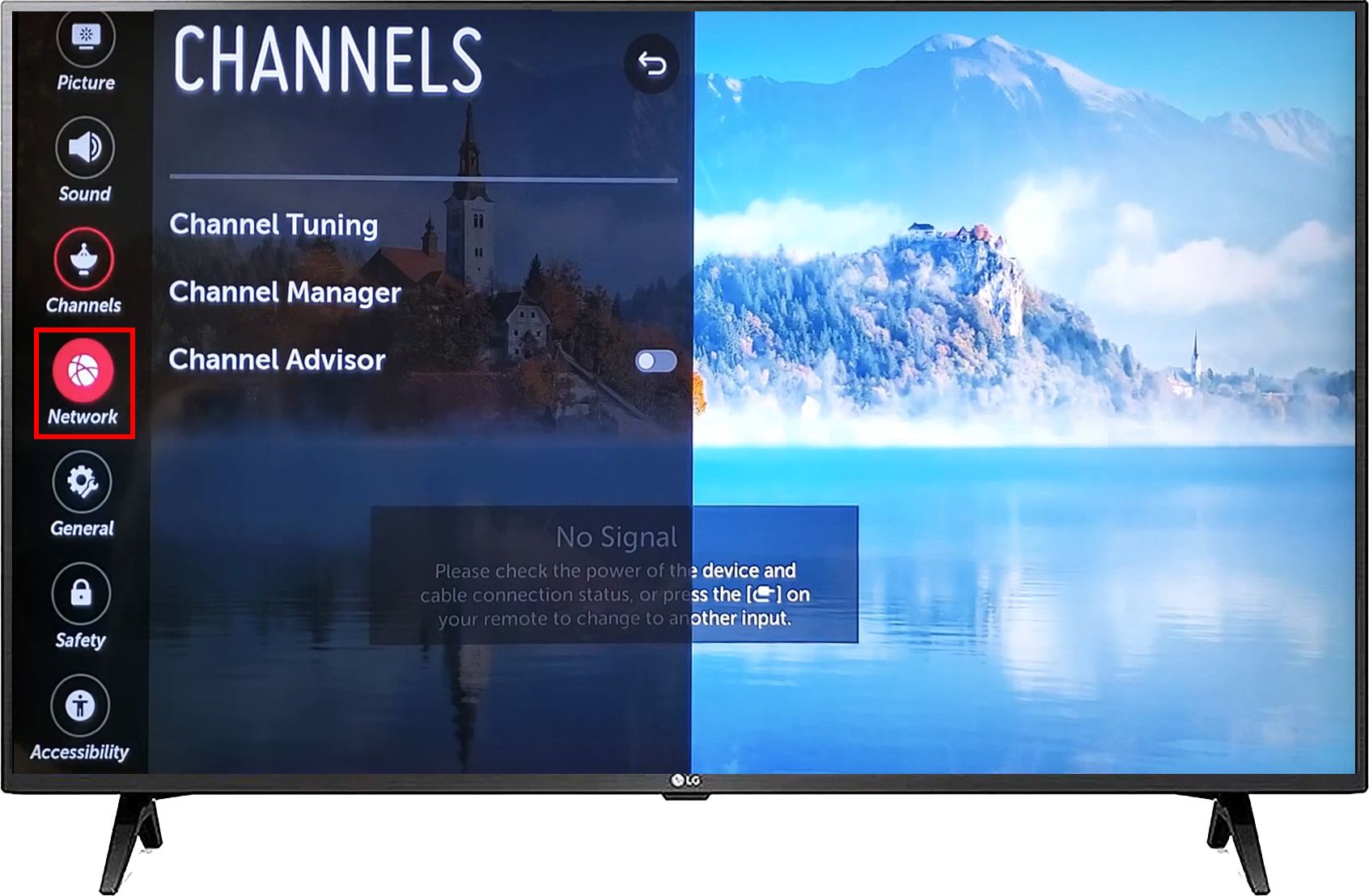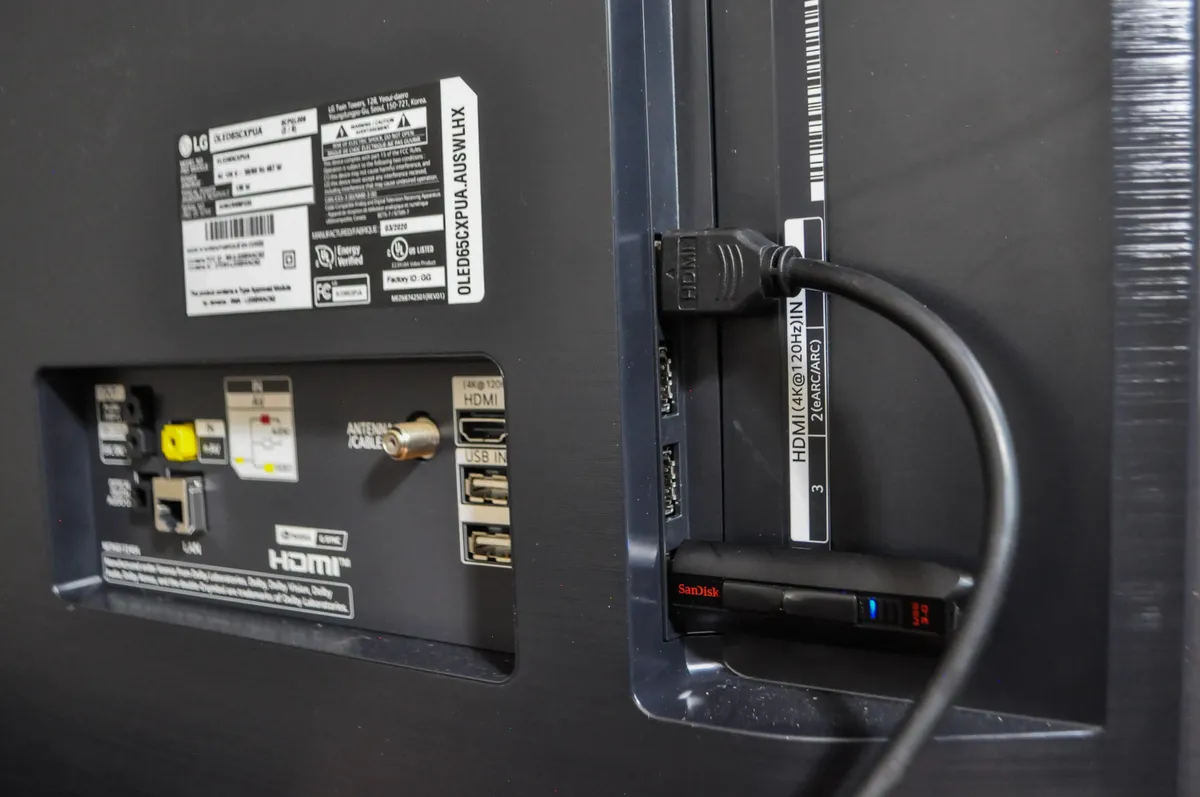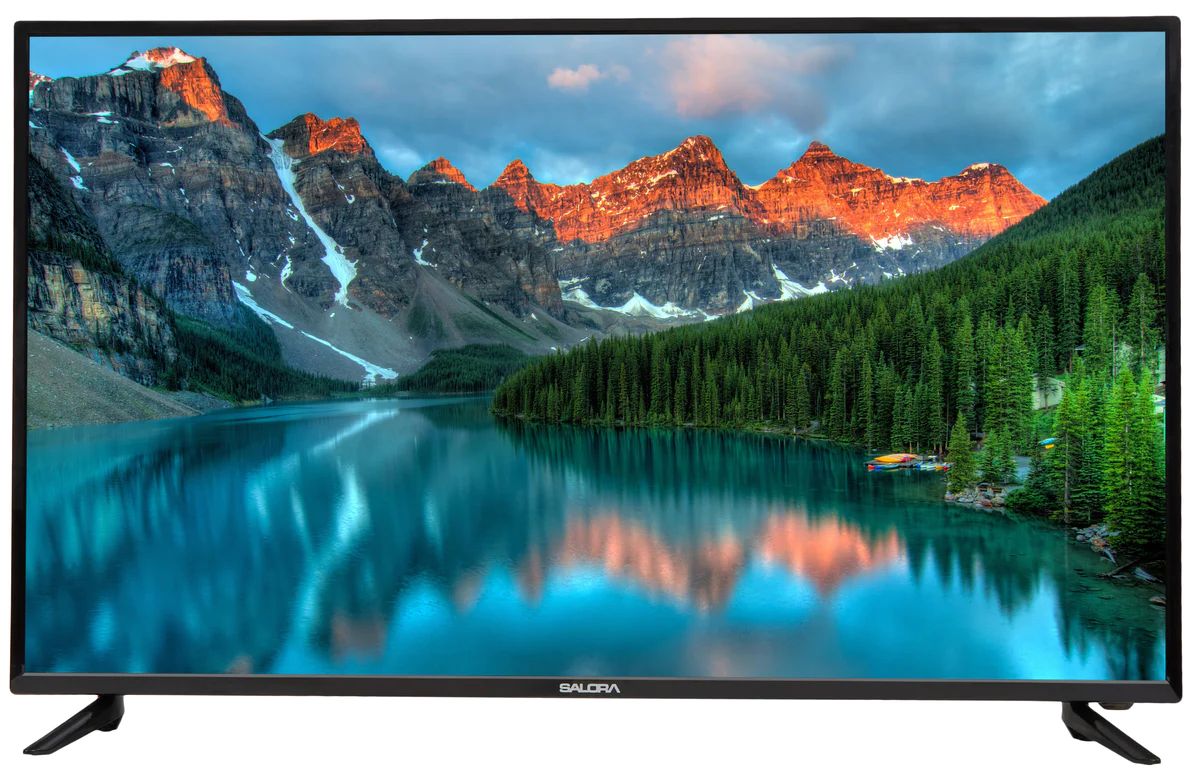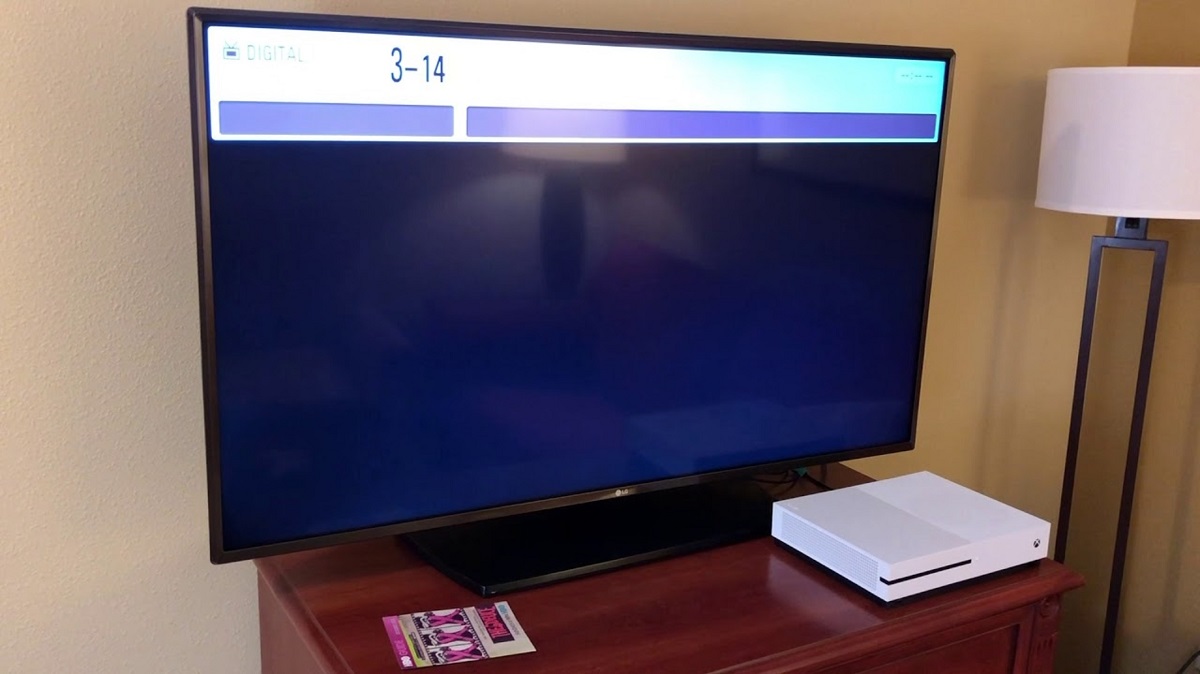Introduction
Welcome to this guide on how to make your LG TV start on HDMI. Many users encounter the frustration of their LG TV not powering on to the desired input source, specifically HDMI. This can be inconvenient, especially if you regularly use external devices such as gaming consoles, Blu-ray players, or streaming devices.
Fortunately, there are several troubleshooting steps you can take to resolve this issue and ensure your LG TV consistently starts on HDMI. In this article, we will walk you through the process, step by step, so you can get back to enjoying your favorite shows and movies without any hassle.
Before we delve into the solutions, it’s important to understand that the specific steps may vary slightly depending on the model and firmware version of your LG TV. However, the fundamental principles and troubleshooting techniques provided here should apply to most LG TV models.
So, if you’re ready to learn how to make your LG TV start on HDMI, let’s get started!
Check Connection
One of the first things you should do when your LG TV is not starting on HDMI is to ensure that the connection between your TV and the HDMI device is properly established. Follow these steps:
- Inspect the HDMI cable: Check if the HDMI cable is securely connected to both your LG TV and the HDMI device. Ensure that there are no visible signs of damage, such as bent or broken pins. If the cable appears damaged, replace it with a new one.
- Try a different HDMI port: Sometimes, a faulty HDMI port on your TV might be the culprit. Switch to a different HDMI port on your LG TV to see if it resolves the issue. It’s also a good idea to try multiple HDMI devices to determine if the problem lies with a specific port or device.
- Check the power status: Ensure that both your LG TV and the HDMI device are powered on. Some devices may have a separate power button or require a power adapter. Make sure all necessary power connections are properly made.
- Verify the input source: Using your TV’s remote control, navigate to the input/source menu and select the corresponding HDMI input. It’s possible that your LG TV might be set to a different input source, causing it to not start on HDMI automatically.
After performing these steps, check if your LG TV now starts on HDMI. If it does, you can proceed to enjoy your favorite content. However, if the issue persists, there are additional troubleshooting methods to try.
Change Input Source
If your LG TV still doesn’t start on HDMI after checking the connection, you can manually change the input source to HDMI. Follow these steps:
- Using your LG TV’s remote control, locate the “Input” or “Source” button. It is typically represented by a symbol that resembles a TV screen or a box with arrows pointing towards it.
- Press the “Input” or “Source” button to open the input/source menu on your TV screen.
- Use the arrow keys on the remote control to navigate through the available input sources. Look for the HDMI input that corresponds to the HDMI port you have connected your device to.
- Once you’ve highlighted the correct HDMI input, press the “OK” or “Enter” button on the remote control to select it.
Your LG TV should now switch to the selected HDMI input, and you should see the content from your connected device on the screen. Repeat this process each time you want to use a different HDMI device.
If changing the input source manually works, you can try accessing the “Settings” menu on your LG TV and look for options to set a default input source. Enabling this feature will ensure that your TV starts on the designated HDMI input every time you turn it on.
If changing the input manually doesn’t resolve the issue, continue reading for more troubleshooting steps.
Use Remote Control
If your LG TV is not starting on HDMI even after changing the input source manually, you can try using the remote control to reset the HDMI settings. Here’s how:
- Press the “Home” button on your LG TV remote control. This will open the home menu on your TV screen.
- Navigate to the “Settings” option using the arrow keys and press the “OK” or “Enter” button.
- Within the settings menu, locate and select the “All Settings” option.
- Look for the “General” or “Setup” section, then find and select the “HDMI” option.
- In the HDMI settings, you may find a “Reset” or “Reset to Default” option. Choose this option to reset the HDMI settings to their default values.
- Once the reset is complete, exit the settings menu and try powering on your LG TV again to see if it starts on HDMI.
If the issue persists, you can also try unplugging the power cord from your LG TV and any connected HDMI devices. Wait for a few minutes, then plug them back in and power on your TV. Sometimes, a simple power cycle can resolve temporary glitches that affect HDMI connectivity.
If none of these steps resolve the issue, there are a few more troubleshooting methods you can try. We’ll explore them in the following sections.
Power Cycling
In some cases, performing a power cycle can help resolve issues with your LG TV not starting on HDMI. Power cycling involves completely powering off and unplugging your TV for a short period of time. Here’s how you can do it:
- Turn off your LG TV using the power button or by unplugging it from the power outlet.
- Unplug all HDMI devices connected to your TV as well.
- Wait for at least 5-10 minutes to ensure that all electrical charges are discharged.
- Plug the power cord back into your LG TV and the power outlet.
- Turn on your TV and wait for it to fully boot up.
- Reconnect the HDMI devices one by one, giving each device enough time to establish a connection with the TV.
Power cycling can help refresh the system and clear any temporary issues that may be affecting the HDMI startup process. After performing a power cycle, check if your LG TV now starts on HDMI as expected.
If power cycling doesn’t resolve the issue, there is one more troubleshooting step you can try before seeking further assistance.
Reset to Factory Settings
If all else fails and your LG TV still refuses to start on HDMI, you can try resetting it to its factory settings. Please note that performing a factory reset will erase all your personalized settings and restore the TV to its original state. Here’s how to do it:
- Press the “Home” button on your LG TV remote control to open the home menu.
- Navigate to the “Settings” option using the arrow keys and press the “OK” or “Enter” button.
- Within the settings menu, locate and select the “All Settings” option.
- Scroll down to find the “General” or “Setup” section and choose the “Reset to Initial Settings” option.
- Follow the on-screen prompts to confirm the factory reset. Keep in mind that the exact steps may vary depending on your LG TV model.
- Once the reset process is complete, the TV will restart and display the initial setup wizard.
After the factory reset, you will need to set up your LG TV as if it were brand new, including configuring network settings, channel setup, and any other preferences. Make sure to reconnect your HDMI devices and set the correct input source to see if your LG TV now starts on HDMI.
If none of the troubleshooting steps mentioned in this article resolve the issue, it may indicate a hardware problem with your LG TV. In this case, it’s best to contact LG customer support or a qualified technician for further assistance.
Contact Support
If you have gone through all the troubleshooting steps mentioned in this guide and your LG TV still doesn’t start on HDMI, it may be time to seek further assistance. Contacting LG customer support can provide you with expert guidance and personalized solutions for your specific TV model. Here’s how to get in touch:
- Refer to your LG TV’s user manual or visit the LG website to find the official customer support contact information for your region.
- Reach out to LG customer support via phone, email, or live chat. Be prepared to provide details about your TV model, firmware version, and a description of the issue you are facing.
- Explain the troubleshooting steps you have already taken, including any error messages or unusual behavior you have observed.
- Follow any instructions provided by the customer support representative and be open to further troubleshooting or repair options they may suggest.
LG customer support is well-equipped to assist you and may be able to offer a solution or arrange for a service technician to inspect your TV if necessary.
Remember, contacting LG customer support should be your final step after exhausting all other troubleshooting options mentioned in this guide. They will be able to provide specialized assistance based on their knowledge and expertise.
By following the steps outlined in this guide and reaching out to LG support if needed, you can increase your chances of resolving the issue and ensuring that your LG TV starts on HDMI as expected.







